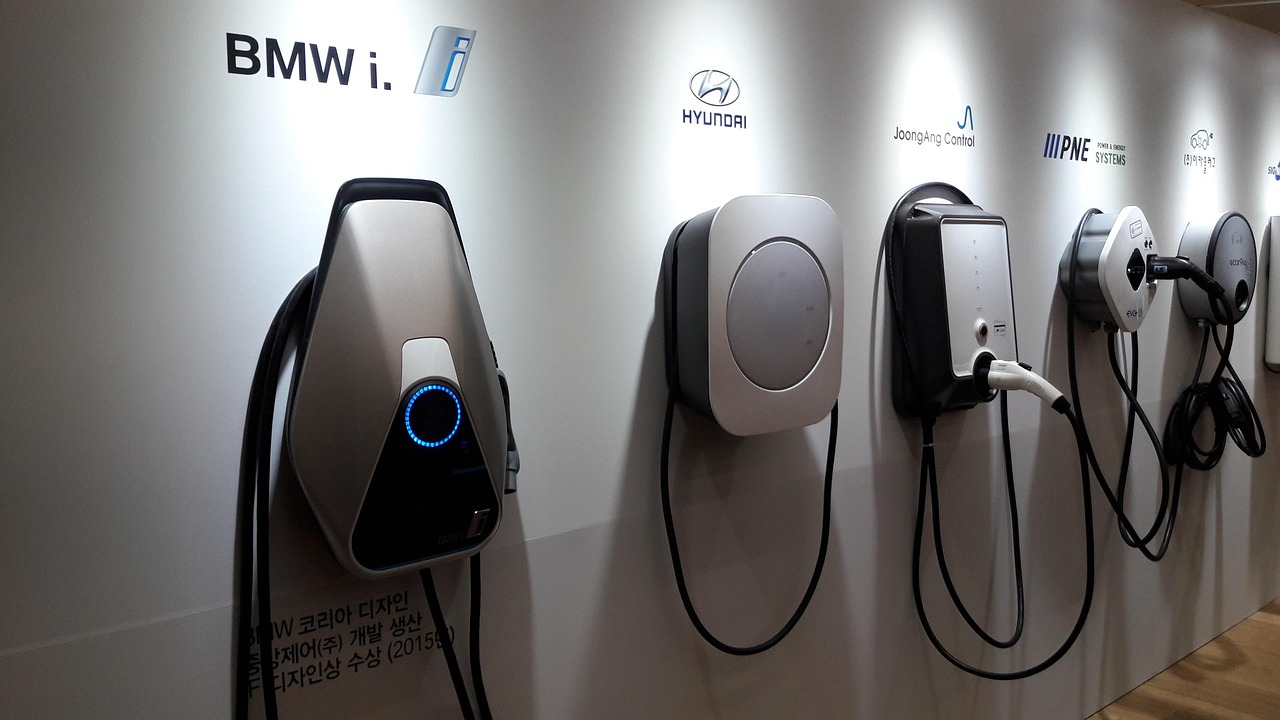
How to Prepare Your Home for an EV Charger | Emerald Electric Canton MI
How to Prepare Your Home for an Electric Vehicle Charging Station
Thinking about making the switch to an electric vehicle? You’re not alone. EVs are no longer a trend—they’re the future. As more Michigan homeowners invest in electric vehicles, the demand for home charging stations is rising fast.
At Emerald Electric, we’ve helped homeowners in Canton, and surrounding areas in Southeast Michigan prepare their homes for EV charging. If you’re considering installing a charger in your garage or driveway, there are a few things you should know first.
Let’s walk through everything you need to do to get your home EV-ready—safely, affordably, and up to code.
Why Install an EV Charger at Home?
Sure, you can charge your EV at a public charging station—but nothing beats the convenience of plugging in at home. Installing a home charger gives you:
Faster charging than standard outlets
More control over charging schedules
Lower long-term charging costs
Added home resale value
Peace of mind knowing your car is ready every morning
But to install one correctly, your home electrical system needs to be ready for the added demand.
Step 1: Understand Your EV Charging Options
Before you do anything, it helps to know the types of EV chargers available. There are two main options for home charging:
Level 1 Charging (Standard 120V Outlet)
This is the slowest option and uses a regular household outlet. Most EVs come with a Level 1 charging cable, which typically adds 3–5 miles of range per hour. It’s convenient but not ideal for daily driving or larger batteries.
Pro: No upgrade required
Con: Very slow charging
Level 2 Charging (240V Outlet)
This is the most popular and practical option for home charging. It requires a dedicated 240V circuit and can charge an EV in 4 to 10 hours, depending on the vehicle. Most EV owners eventually choose this option for its speed and efficiency.
Pro: Fast and reliable
Con: Requires professional installation
Step 2: Evaluate Your Current Electrical Panel
Here’s where an experienced electrician comes in. Your electrical panel needs to support the additional load from a Level 2 charger, which typically draws 30 to 50 amps.
If you live in an older home, there’s a good chance your panel is already near capacity—especially if you’ve added a hot tub, home office, or other high-demand appliances.
At Emerald Electric, we start every EV charger project with a load calculation. This tells us whether your current system can handle the new circuit, or if you’ll need a panel upgrade first.
Step 3: Choose the Right Location
Most homeowners install their EV charger in the garage, but outdoor installations are becoming more common—especially with driveway parking.
Here’s what to consider:
Garage Access: Is there enough space on the wall near where you park?
Panel Proximity: The closer the charger is to your electrical panel, the lower the installation cost.
Weather Exposure: Outdoor chargers must be rated for all-weather use (look for NEMA 3R or NEMA 4 ratings).
Future Flexibility: Are you planning to get a second EV? Future-proof the installation now.
If your panel is located on the opposite side of your garage, don’t worry—our team can still route wiring safely and discreetly.
Step 4: Secure the Proper Permits
Electrical work involving new circuits, especially high-amperage ones like EV chargers, usually requires a local permit. That’s not just about red tape—it ensures your installation meets local codes and safety standards.
At Emerald Electric, we handle all permit applications for our clients. We work closely with local inspectors in cities to ensure everything is done right the first time.
Step 5: Hire a Licensed Electrician
Installing a Level 2 EV charger isn’t a DIY project. It requires:
Dedicated circuit installation
Running conduit or cable
Installing the charger (hardwired or plug-in)
Ensuring compliance with the National Electrical Code (NEC)
Performing load calculations and safety checks
Hiring a licensed electrician ensures everything is installed safely and legally—and it protects your EV warranty and your homeowner’s insurance.
At Emerald Electric, we’re certified and insured to install all major EV charger brands
Bonus Tip: Consider Smart Charger Features
Many modern chargers offer smart features you’ll appreciate:
App-controlled charging schedules
Usage tracking and energy cost monitoring
Integration with solar systems
Load balancing for two-car households
If you’re unsure which charger is right for your needs, we’re happy to walk you through the options. We’ve helped dozens of homeowners in Southeast Michigan choose the right solution based on vehicle type, budget, and long-term goals.
How Much Does It Cost to Install an EV Charger?
Costs vary depending on your panel's condition, the location of the install, and the brand of charger you choose. Here’s a rough idea:
Basic Install: $600–$900
Panel Upgrade: Add $1,500–$2,500
Charger Unit (not included): $400–$800
Keep in mind, there are often utility rebates and tax incentives available for EV charger installations in Michigan. We’ll help you navigate those when we quote your project.
Can I Install Solar + EV Charging Together?
Absolutely—and many homeowners are already doing it. If you're planning to add solar panels in the future, we can prep your system now to work seamlessly with solar-powered EV charging.
This not only reduces your reliance on the grid but lowers your long-term electricity bills and improves your home's resale value.
Final Thoughts
Preparing your home for an EV charger is one of the smartest upgrades you can make today. It adds convenience, supports your green energy goals, and increases your home's functionality and value.
But it has to be done right.
At Emerald Electric, we specialize in helping homeowners across Southeast Michigan get EV-ready with expert service, detailed planning, and code-compliant installations.
Whether you just bought your first electric car or you're prepping for one in the near future, we’re here to make the process simple and stress-free.